[Editor’s Note: Pet Health Network’s parent company is IDEXX, which provides diagnostic services to veterinary practices, such as kidney disease screenings. Remember, the decision for what types of preventive care and screenings are best for your individual pet should always be made after a discussion between you and your veterinarian -- your best partner in your pet’s health.]
Most cat parents seem to know that kidney disease is a big issue for our favorite felines, but when we did an informal survey, less than half said they’d ever discussed kidney disease with their veterinarians. Don’t miss these 6 surprising facts about kidney disease and then make sure to ask your veterinarian about how to recognize kidney disease in cats at your kitty’s next checkup.
1. Kidney disease will likely impact 1 in 3 cats or more
It has been commonly accepted that 1 in 3 cats or more1 will develop some form of kidney disease in their lifetime. Recent studies suggest kidney disease is even more common and until now has been under-recognized2,3. (Learn more about chronic kidney disease here.)
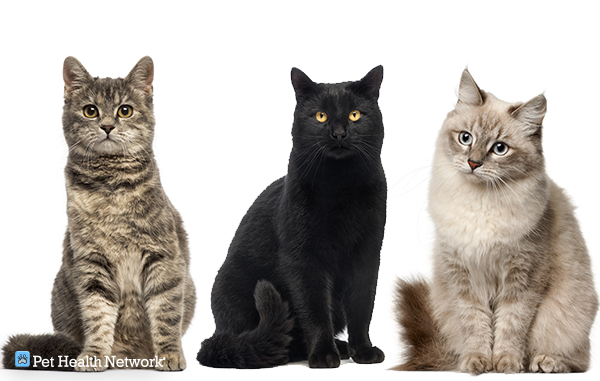
References
- 1. Lulich JP, Osborne CA, O'Brien TD, Polzin DJ. Feline renal failure: questions, answers, questions. Compend Contin Educ Pract Vet. 1992;14(2):127-153.
- Marino CL, Lascelles BD, Vaden SL, Gruen ME, Marks SL. The prevalence and classification of chronic kidney disease in cats randomly selected from four age groups and in cats recruited for degenerative joint disease studies. J Feline Med Surg. 2014; 16(6): 465-472.
- Data on file at IDEXX Laboratories, Inc. Westbrook, Maine USA.
2. Certain diseases and hereditary conditions may make your cat more likely to develop kidney disease
Certain risk factors might make pets more likely to develop kidney disease, such as FIP, leptospirosis (in dogs), kidney stones, hereditary conditions and more. (Learn more about the risk factors for kidney disease in cats here.)
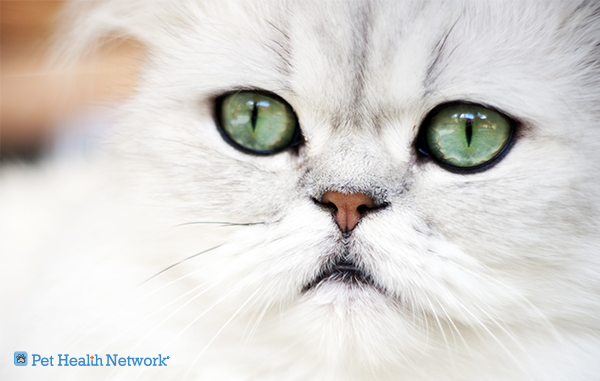
3. Kidney disease tends to hide until it's fairly advanced
Important warning signs may be very subtle and include drinking more, peeing more, weight and activity changes, vomiting, bad breath or hard-to-recognize signals. (See more signs of kidney disease in cats here.)
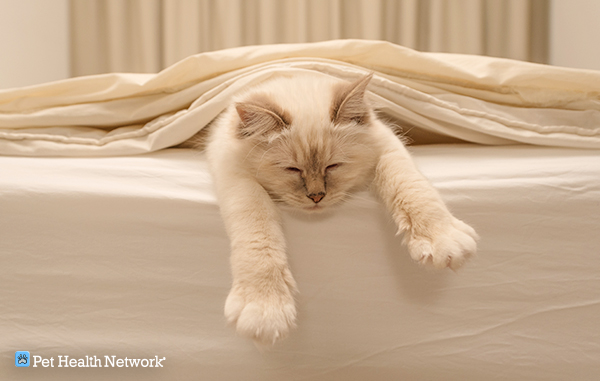
4. Early diagnosis is key
Early diagnosis, before symptoms become obvious, can be key in identifying the base cause of kidney disease, giving more time to treat that underlying cause or to slow progression, and helping your cat to feel well for as long as possible. Click here for 10 common causes of kidney disease in cats >>
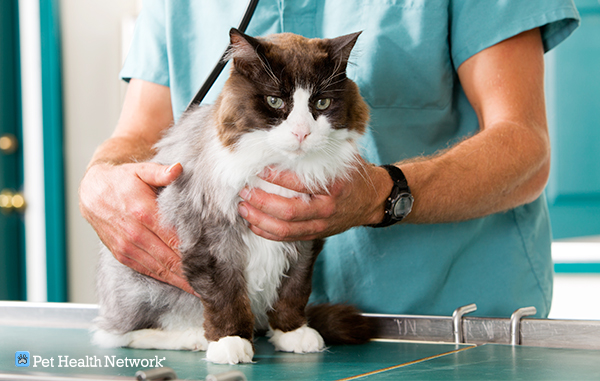
5. Ask your vet for tips about avoiding dehydration and other happy-kidney tricks
Your veterinarian can give you tips for keeping your cat’s kidneys healthy and happy as long as possible, including strategies for avoiding dehydration or getting your cat to drink more water. Like this photo? See other kitties getting their drink on here >>
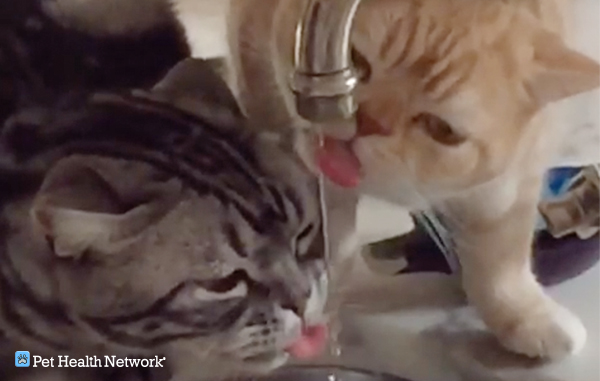
6. A newly available test may help detect kidney disease earlier than ever
A new test called the IDEXX SDMA Test (from Pet Health Network’s parent company, IDEXX), may help your veterinarian identify kidney disease, months if not years earlier.
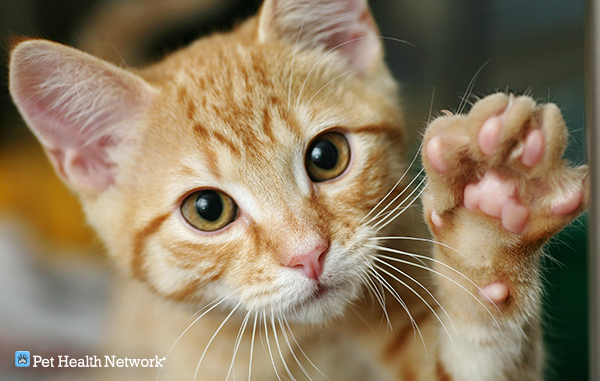
Download the full infographic here and print it out to share with other cat lovers!
If you have any questions or concerns, you should always visit or call your veterinarian -- they are your best resource to ensure the health and well-being of your pets.

Cat Kidney Disease Articles
Chronic Kidney Disease: What Does Kidney Failure in Cats Really Mean?Kidney Disease in Cats 101
5 Things Vets Hate About Kidney Disease in Cats … And How That’s About to Change
